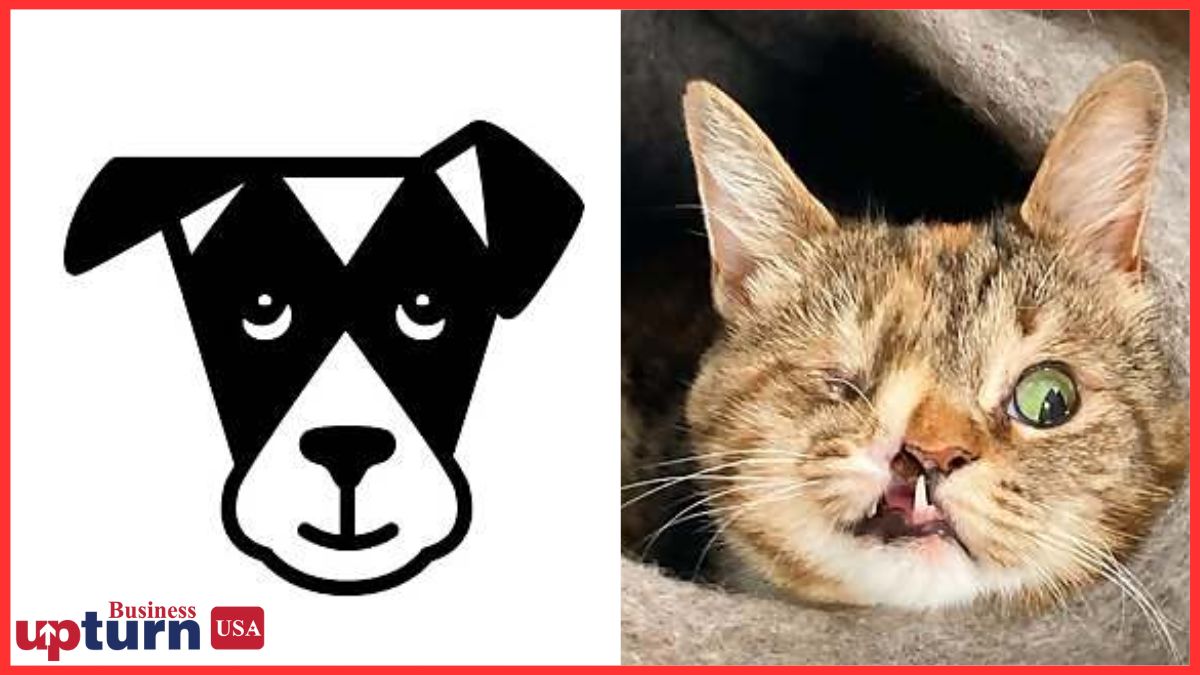The Dogist, founded by Elias Weiss Friedman, has become a defining figure in the U.S. pet influencer landscape. At the core of its business model is high-quality dog photography, which is monetized through multiple channels. From its inception, The Dogist focused on creating a visually compelling Instagram feed, capturing unique portraits of dogs with a storytelling approach that resonates with pet lovers nationwide.
Merchandise and Licensing: The Secret Behind The Dogist’s Print and Product Sales
A key revenue stream for The Dogist comes from merchandise. Limited-edition apparel, calendars, and prints leverage the brand’s strong visual identity. Each product is carefully designed to appeal to both casual dog lovers and photography enthusiasts. Licensing agreements extend the reach of The Dogist’s photography to book publishers and home décor brands, generating a consistent income stream.
In addition to merchandise, The Dogist sells fine art prints of featured dogs. These high-quality prints often cater to collectors and fans seeking exclusive pieces. By offering both physical and digital options, The Dogist maximizes revenue potential from its core photography content.
Sponsored Content and Brand Collaborations: Turning Followers into Dollars
Social media monetization plays a central role in The Dogist income strategy. With millions of Instagram followers, the platform becomes a powerful marketing tool for pet-related brands. Sponsored posts and collaborations with pet food companies, grooming products, and lifestyle brands provide direct revenue. Each partnership is carefully curated to maintain authenticity and resonate with the audience, ensuring long-term engagement and trust.
Beyond digital content, The Dogist occasionally engages in paid appearances and events. Dog shows, book signings, and photography workshops offer both visibility and additional revenue streams, reinforcing the brand’s presence in the U.S. pet market.
Peanytodd’s Monetization Strategy: From Social Media Stardom to Sustainable Income
Peanytodd, a dynamic pet influencer, has built a distinct U.S.-centric revenue model. Unlike The Dogist, Peanytodd leverages personality-driven content and lifestyle integration with their pet, attracting a broad demographic on Instagram, TikTok, and YouTube. This multi-platform strategy increases exposure, engagement, and monetization opportunities.

Brand Collaborations and Sponsored Content: How Peanytodd Converts Followers into Dollars
A significant portion of Peanytodd’s business model revolves around sponsored content. Pet product endorsements, exclusive collaborations with boutique brands, and seasonal campaigns contribute to a steady income. The influencer’s team ensures that each collaboration aligns with their brand image, enhancing credibility and driving conversions.
Additionally, Peanytodd capitalizes on affiliate marketing. By sharing personalized links and discount codes, Peanytodd earns a commission on sales while providing tangible value to followers. This approach strengthens audience trust while maintaining a profitable revenue stream.
Merchandise and Limited-Edition Collections: Expanding Beyond Social Media
Similar to The Dogist, Peanytodd also monetizes through merchandise. Custom apparel, pet accessories, and exclusive digital content offer fans tangible products while promoting the brand. Limited-edition drops create urgency and exclusivity, maximizing sales potential.
Peanytodd further explores unique merchandising strategies such as digital collectibles and behind-the-scenes content subscriptions. These less conventional methods tap into emerging trends in digital media, diversifying income beyond traditional merchandise sales.
Comparative Insights: How The Dogist and Peanytodd Diversify Revenue Streams
Both The Dogist and Peanytodd employ multifaceted business models, yet their approaches reveal distinct strategies tailored to their strengths. The Dogist emphasizes professional photography, print sales, and curated collaborations. Peanytodd focuses on personality-driven content, affiliate marketing, and experimental merchandise strategies.
Social Media Monetization: A U.S.-Centric Perspective
Instagram remains central for both influencers, but Peanytodd’s expansion into TikTok and YouTube demonstrates the importance of platform diversification. Multi-platform presence not only broadens reach but also unlocks monetization opportunities such as YouTube ad revenue, TikTok creator funds, and cross-platform sponsorships.
The U.S. market context highlights a growing trend of pet owners seeking lifestyle content and personalized engagement. Both influencers leverage this demand, converting followers into loyal consumers through targeted content, branded campaigns, and product offerings.
Unique and Less-Known Income Channels
Beyond standard revenue streams, both influencers explore unconventional avenues. The Dogist occasionally collaborates with travel and hospitality brands for pet-focused campaigns, creating niche advertising revenue. Peanytodd experiments with digital experiences, such as live virtual meet-and-greets and interactive fan subscriptions.
These less-visible income channels not only generate revenue but also strengthen brand positioning and community engagement, offering fans exclusive experiences that reinforce loyalty.
Future Potential and Untapped Opportunities: A U.S. Market Perspective
Looking ahead, both The Dogist and Peanytodd have opportunities to innovate further. The integration of augmented reality (AR) and virtual pet experiences could open new monetization avenues. Additionally, subscription-based models offering premium content, behind-the-scenes access, and exclusive merchandise could increase revenue predictability.
A unique angle to consider is the potential for micro-influencer partnerships. Both brands could collaborate with smaller U.S.-based pet influencers to create co-branded campaigns, leveraging cross-audience engagement for incremental income. This strategy combines scalability with authenticity, a crucial factor in the U.S. pet influencer landscape.
In conclusion, The Dogist and Peanytodd exemplify how pet influencers can transform engaging content into comprehensive business enterprises. By strategically combining merchandise, sponsored collaborations, social media monetization, and innovative income streams, both brands not only thrive financially but also shape the evolving U.S. pet influencer market.
This article is intended solely for informational and editorial purposes. It does not constitute endorsement or promotion of any artificial intelligence technology. Business Upturn makes no representations or warranties regarding the accuracy, completeness, or reliability of the information provided.

